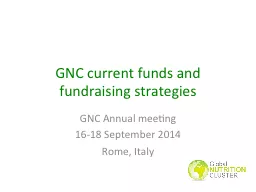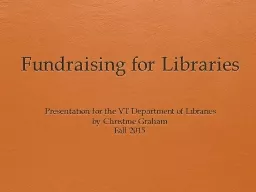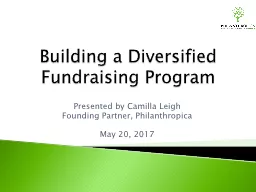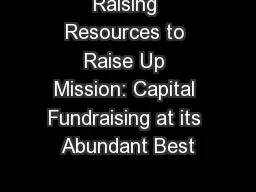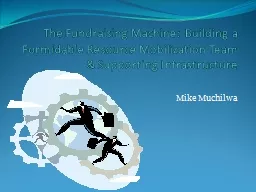PPT-BEYOND FUNDRAISING:
Author : calandra-battersby | Published Date : 2017-08-28
A CULTURE OF PHILANTHROPHY Necva Ozgur MED nozgurmeritcenterorg 1 OUTLINE FUNDRAISING FACTS AND FIGURES FUNDRAISING DEVELOPMENT AND PHILANTHROPY DEFINED CREATING
Presentation Embed Code
Download Presentation
Download Presentation The PPT/PDF document "BEYOND FUNDRAISING:" is the property of its rightful owner. Permission is granted to download and print the materials on this website for personal, non-commercial use only, and to display it on your personal computer provided you do not modify the materials and that you retain all copyright notices contained in the materials. By downloading content from our website, you accept the terms of this agreement.
BEYOND FUNDRAISING:: Transcript
Download Rules Of Document
"BEYOND FUNDRAISING:"The content belongs to its owner. You may download and print it for personal use, without modification, and keep all copyright notices. By downloading, you agree to these terms.
Related Documents








